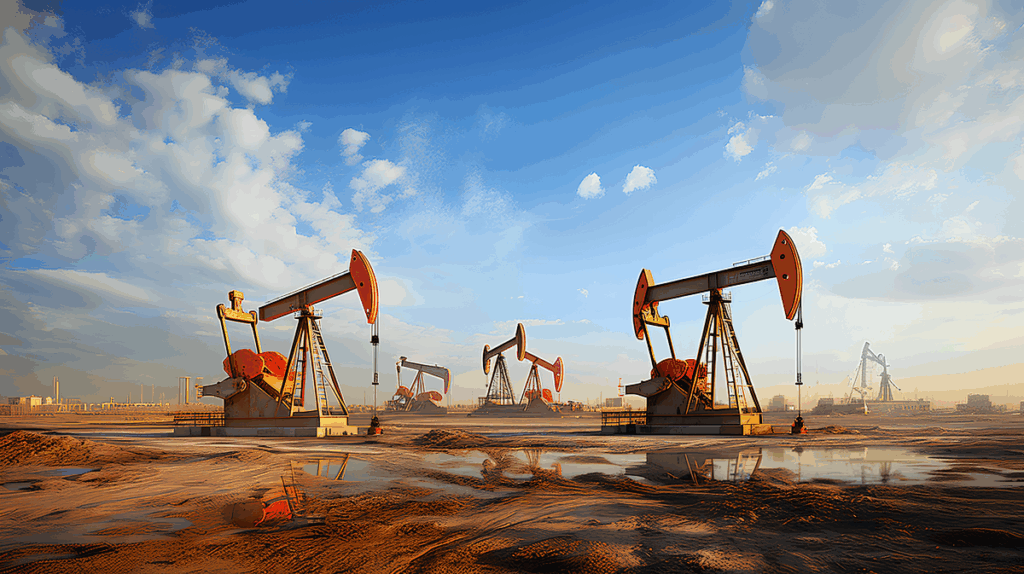1. Introduction to Completion and Workover Fluids
Completion and workover fluids are specialized brines used during well construction (completion) and maintenance (workover) to ensure wellbore stability, control formation pressures, and minimize formation damage. These fluids must meet stringent requirements:
- High density to balance subsurface pressures
- Chemical stability under extreme temperatures/pressures
- Low corrosion and formation damage potential
- Compatibility with downhole equipment
Calcium bromide (CaBr₂), often blended with zinc bromide (ZnBr₂) or calcium chloride (CaCl₂), is a preferred choice for high-density brines due to its unique physicochemical properties.

2. Key Properties of CaBr₂ for Downhole Applications
2.1 Density Modulation
- CaBr₂ solutions achieve densities up to 1.7–1.8 g/cm³ (14.2–15.0 lb/gal) at 20°C.
- Mechanism: Dissolved Ca²⁺ and Br⁻ ions increase mass per unit volume without requiring solid weighting agents (e.g., barite), preventing sedimentation.
- Pressure Control: The high-density column exerts hydrostatic pressure to suppress formation fluids (e.g., gas kicks).
2.2 Thermal Stability
- Stable up to 500°F (260°C), outperforming formate or chloride brines.
- Ionic Interaction: Strong hydration shells around Ca²⁺ and Br⁻ resist thermal degradation.
2.3 Low Crystallization Point
- Freeze point as low as -50°C for 53% CaBr₂ solutions, critical for Arctic operations.
2.4 Compatibility with Formations
- Shale Inhibition: Divalent Ca²⁺ ions bind to clay surfaces, reducing swelling.
- Non-Damaging: Unlike solids-laden fluids, CaBr₂ brines leave no filter cake.
3. Role in Completion Fluids
3.1 Wellbore Stabilization
- Mechanism: The brine’s density counters formation pressure, preventing collapse.
- Case Study: In Gulf of Mexico wells (18,000 psi), CaBr₂/ZnBr₂ blends maintained integrity at 15.8 lb/gal.
3.2 Perforation and Gravel Packing
- Clean Fluid Requirement: Solids-free CaBr₂ avoids clogging perforations or gravel packs.
- Lubricity: Reduces friction during screen installation.
3.3 Corrosion Control
- Challenge: High-density brines can corrode casing.
- Solution: CaBr₂’s neutral pH (6–7) and additives (e.g., oxygen scavengers) mitigate corrosion.
4. Role in Workover Fluids
4.1 Killing Wells Safely
- Blowout Prevention: Overbalances formation pressure during interventions.
- Example: A 14.2 lb/gal CaBr₂ brine killed a gas well in Permian Basin with 0.5 ppg overbalance.
4.2 Scale and Sludge Removal
- Dissolution Capacity: Br⁻ ions complex with iron sulfide scales, enhancing cleanup.
4.3 Fluid Loss Control
- Low Fluid Loss: <5 mL/30 min in API tests, critical for depleted reservoirs.
5. Formulation Optimization
5.1 Density Customization
- Blending with ZnBr₂ achieves densities up to 19.2 lb/gal (2.3 g/cm³).
5.2 Viscosity Modifiers
- Xanthan gum or hydroxyethyl cellulose (HEC) added for suspension.
5.3 Environmental Adaptations
- Cold Climates: Ethylene glycol prevents freezing.
- High-THP Wells: Thermal stabilizers (e.g., thiocyanate) extend fluid life.
6. Advantages Over Alternatives
| Property | CaBr₂ Brine | CaCl₂ Brine | Formate Brine |
|---|---|---|---|
| Max Density (lb/gal) | 15.0 | 11.6 | 13.1 |
| Thermal Limit (°F) | 500 | 300 | 350 |
| Corrosivity | Low | Moderate | Low |
| Cost | $$$ | $ | $$$$ |
7. Challenges and Mitigations
7.1 Cost
- Issue: CaBr₂ is 3–5× costlier than CaCl₂.
- Solution: Partial substitution with CaCl₂ for mid-density needs.
7.2 Hygroscopicity
- Issue: Absorbs moisture, altering density.
- Mitigation: Store in sealed containers; monitor with refractometers.
7.3 Bromide Toxicity
- Handling: Use PPE; dispose via deep-well injection.
8. Case Studies
8.1 Deepwater GOM Completion
- Challenge: 20,000 psi reservoir required 16.5 lb/gal fluid.
- Solution: CaBr₂/ZnBr₂ blend achieved target density with 0.01% formation damage.
8.2 Workover in North Sea
- Problem: Existing CaCl₂ brine failed at 300°F.
- Fix: Switched to CaBr₂, reducing workover time by 30%.
9. Future Trends
- Nanotechnology: SiO₂ nanoparticles to enhance thermal stability.
- Bio-based Inhibitors: Replace toxic scale inhibitors.
10. Conclusion
Calcium bromide’s high ionic density, thermal resilience, and formation-friendly properties make it indispensable for modern well completion and workover operations. Despite higher costs, its performance in extreme conditions justifies its use, particularly in deepwater and high-pressure/high-temperature (HPHT) wells. Ongoing innovations aim to further optimize its economics and environmental footprint.






